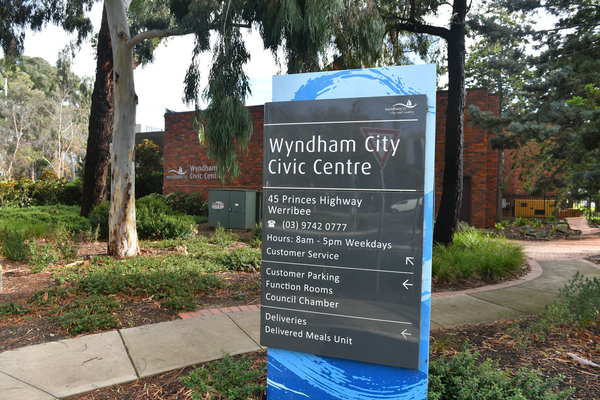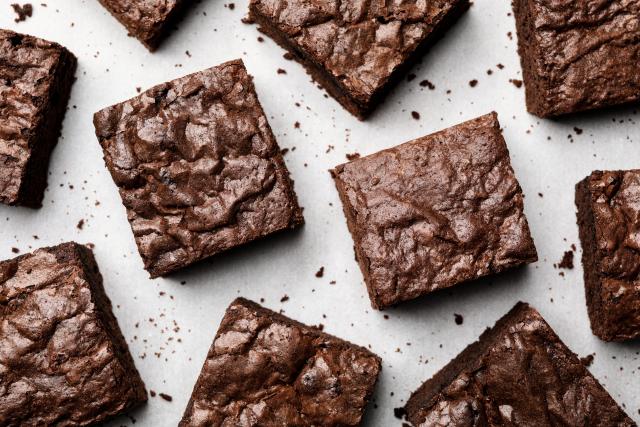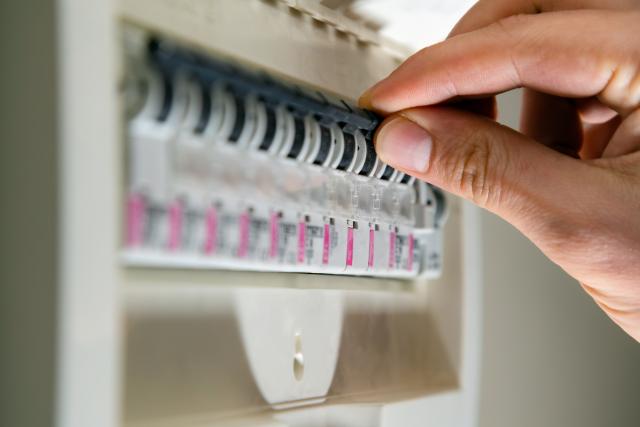A $6.5 million plan to build 34 residential units on the site of a Werribee house and formal rose garden has been lodged with Wyndham council.
The council has received 26 objections to the plan for 49 Stewart Drive.
The proposal is seeking permission to construct 28 three-bedroom units and six two-bedroom units, along with 67 car parks, on the site.
More than 135 trees would have to be removed to make way for the units.
Well-known local couple Paul and Sophie Courtnay – who are both deceased – built their family home on the site during the 1990s.
If plans to develop the units are approved, the existing double-storey house, extensive garden with native and exotic trees, the rose garden and a three-tier fountain would have to be demolished or taken away before the units could be developed.
The red bricks used to clad the house possibly came from the Werribee District Hospital which was demolished in 1994, according to a report submitted to the council.
The bluestone blocks used to construct the property’s veranda are thought to have been obtained from a torn-down Melbourne railway bridge which crossed the Yarra River.
Wyndham councillor Heather Marcus, who previously ran a fashion store in Werribee’s CBD, said that Sophie Courtnay ran a Watton Street dress shop located across the road.
Cr Marcus said Mr and Mrs Courtnay were keen collectors of beautiful antiques.
The couple’s estate – including Victorian mahogany furniture, ancient Egyptian antiquities and jewellery – was sold by Phillip Caldwell Auctioneers in February.
An article published on the auction business’ website said Mr and Mrs Courtnay also owned paintings by famous Australian artists including David Boyd, Sidney Nolan, Pro Hart and David Bromley.
A cultural heritage management plan prepared for 49 Stewart Drive said that an Aboriginal cultural heritage place had previously been recorded at the property.
Discovered in the 1980s, it included 37 artefacts such as blades and items made from quartz, quartzite and silcrete.
However, the plan said that it was unlikely any more indigenous heritage items would be found at the site, due to its historic use as a market garden and subsequent residential development.







